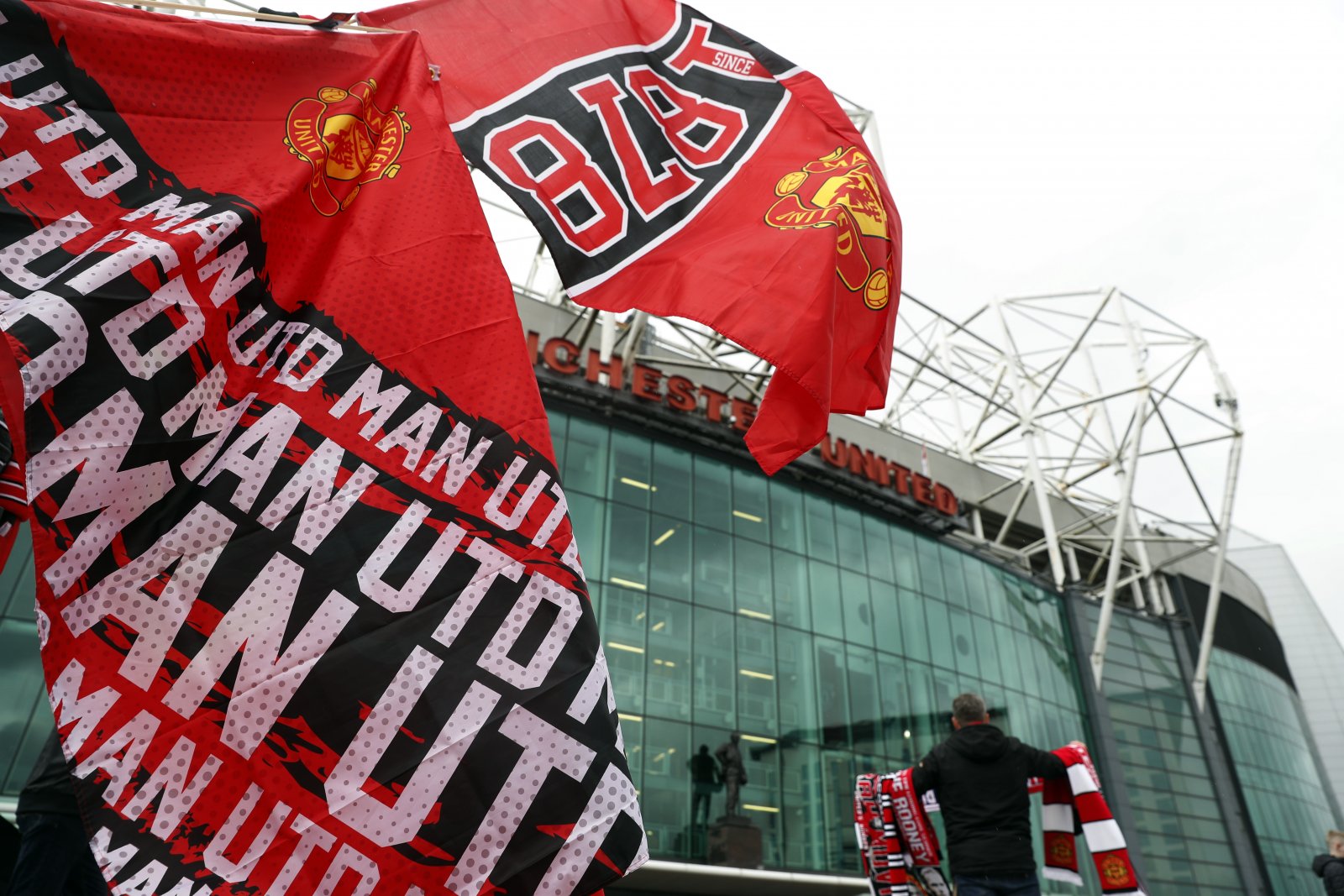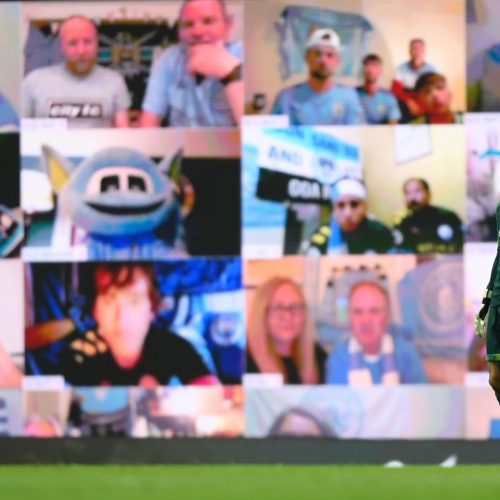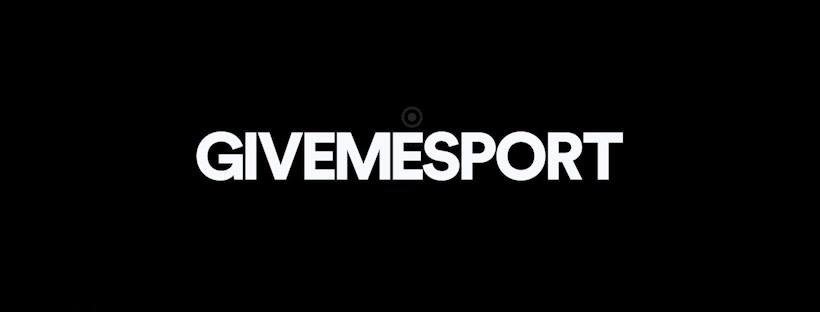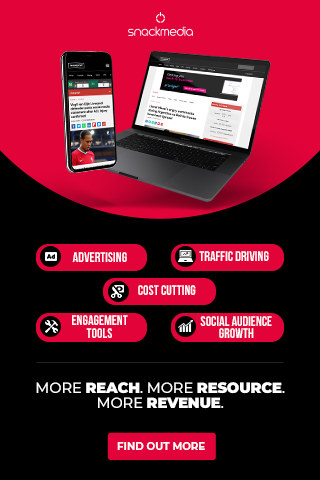The Theatre of Streams: How YouTube became football’s digital home
This is a guest post by Charlotte Morton, YouTube’s Head of B2B Marketing UK.
Fans of Manchester United aren’t used to finishing last very often – but last week the footballing behemoths, much to the delight of their fans, became the final Premier League team to come on board with YouTube.
YouTube’s 1.3 billion strong audience of enthusiastic, engaged users galvanised the Red Devils into ending their 13 year absence from the platform. Football fans from all over the world flock to YouTube for football related content and in the UK YouTube’s football content generates higher engagement rates than music, comedy and film. The UK has the biggest football-watching audience on YouTube; 15% of Brits use YouTube to watch football videos versus 13% in the US and just 6% each for recent World Cup winners Germany and Brazil.
And the beautiful game moves fast. When YouTube launched 13 years ago, Manchester United’s neighbours Manchester City were under the stewardship of Stuart ‘Psycho’ Pearce, and a frontline of Andy Cole and Darius Vassell (honourable mention to David James’ short-lived career as a striker) led the Citizens to a 15th placed finish. Today, Manchester City is leading the way in the Premier League both on the pitch and off it. At the time of writing Pep Guardiola’s side are a staggering thirteen points clear at the top of the table and in October 2017 they became the first club to reach one million YouTube subscribers.
Despite its rival’s headstart, Manchester United is well equipped to challenge Manchester City’s digital lead. The demand for Manchester United related YouTube content is huge – unofficial MUFC content has generated 843m YouTube views this season alone, more than any of its Premier League rivals and a 60% increase on the previous year.
Beyond providing another competitive arena for the Manchester giants, what this deal truly represents is the recognition of YouTube as football’s digital home. Modern fans turn to YouTube to relive their team’s greatest moments, engage and debate with fellow fans and even studiously scout players from all corners of the globe that their team is linked with signing.
YouTube has always been a natural fit for football content and, as so many beautiful things did, it started with a touch from the Brazilian magician Ronaldinho. The first ever video to reach the milestone of 1 million views on YouTube was Nike’s advert for its Tiempo Legend boots – and was the first sign of the potential for brands to engage with a burgeoning audience of sports fans.
Over a decade later, football fever continues to spread on YouTube with the explosion of channels like ArsenalFanTV a testament to the growing YouTube football community. Boasting more than 680,000 subscribers, YouTube invites sometimes heated, sometimes hilarious, debate and discussion among Gunner’s fans, attracting high profile guests such as Gary Neville and a season-long sponsorship deal with Ladbrokes.
The receptiveness and enthusiasm of the YouTube audience for football content isn’t just limited to viewing on a screen. EE’s ‘Wembley Cup’ has run over three years in collaboration with YouTube star, Spencer Owen (aka SpencerFC). The hugely popular branded content series brought together YouTube’s top football and gaming stars with retired footballing legends. In 2015 the ‘Wembley Cup’ became the most watched football final on YouTube, racking up over 40 million views. The following year saw the ‘Wembley Cup’ grow even further, with 1.5 million viewers watching the match on a YouTube livestream. 2017 saw the series knock it out of the park completely, with almost 30k fans filling Wembley Stadium.
A remarkable milestone in the relationship between YouTube and football was reached in May 2017, when BT Sport recognised the potential of the platform’s audience and streamed the Europa League and Champions League finals for free on YouTube. The streams attracted around three million viewers – all of whom BT was able to target in order to drive subscriptions for their Premier League and Champions League coverage.
Football has found a welcoming home in YouTube with a voracious audience of fans who are as attentive, excited and passionate as those in the terraces.
You might also like
Interview: Nielsen Sports’ Spencer Nolan Discusses Covid-19’s Impact on Sport Media Rights and the Commercial Sport Landscape
Digital Sport’s Rupert Pratt and Thomas Smith recently sat down with Nielsen Sports Managing Director for the UK & Ireland, Spencer Nolan, to discuss Covid-19’s impact on sport media rights
Mallory Group Launches White Paper on the ‘New Normal’ for Sports Rights Holders
Sport is proving to be one of the high-profile business casualties of the Covid-19 pandemic. However, its slow and structured return will be a key factor in life entering the
Snack Media acquire Facebook’s largest global sports publisher, GIVEMESPORT
Snack Media today announced that its acquisition of GIVEMESPORT will create one of the largest sports publishers in the UK, further strengthening its offering to advertisers, rights holders and independent media owners.








